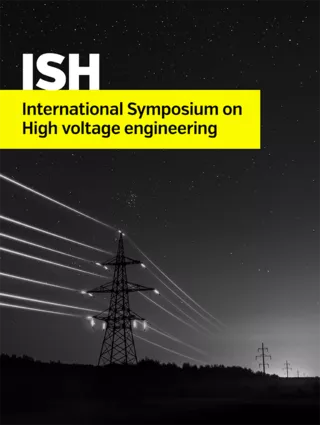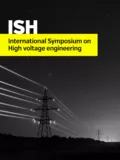Summary
Although the methods of power generation have changed in recent years, traditional overhead lines are still the backbone of the modern electrical energy supply system. In fact the increasing demand for energy as well as the change in power generation necessitates a constant augmentation of overhead line transmission capacity. This can either be achieved by refurbishing existing overhead lines or by building new ones. However, neither of these measures is struggle to be accepted by the public. One of the most annoying side effects associated with overhead lines is audible noise, which occurs during foul weather. Such noise emissions are caused by corona effects which in return are abetted by water droplets deposited on the conductor ropes. It is obvious that adequate methods of mitigation must be found for densely inhabited regions to ensure public approval. To be able to assess the different concepts for corona noise reduction comprehensively, this paper discusses the underlying mechanisms. Furthermore, various measures with the focus on hydrophilic conductor surface treatments are introduced. To investigate their effectiveness extensive laboratory tests with variously treated conductor ropes were carried out. During all measurements increased efforts to ensure a constant and realistic artificial rain rate were made. To keep abreast of the already foreseeable transition to HVDC transmission, the experiments were conducted both under AC and DC stress. During the presentation of the gathered results special attention is paid to the noise emission’s spectral composition which in return is of particular relevance from a psychoacoustic point of view.
Additional informations
| Publication type | ISH Collection |
|---|---|
| Reference | ISH2017_535 |
| Publication year | |
| Publisher | ISH |
| File size | 737 KB |
| Pages number | 6 |
| Price for non member | Free |
| Price for member | Free |
Authors
U. SCHICHLER
Keywords
overhead line, audible noise, surface treatment, corona, hydrophilic




